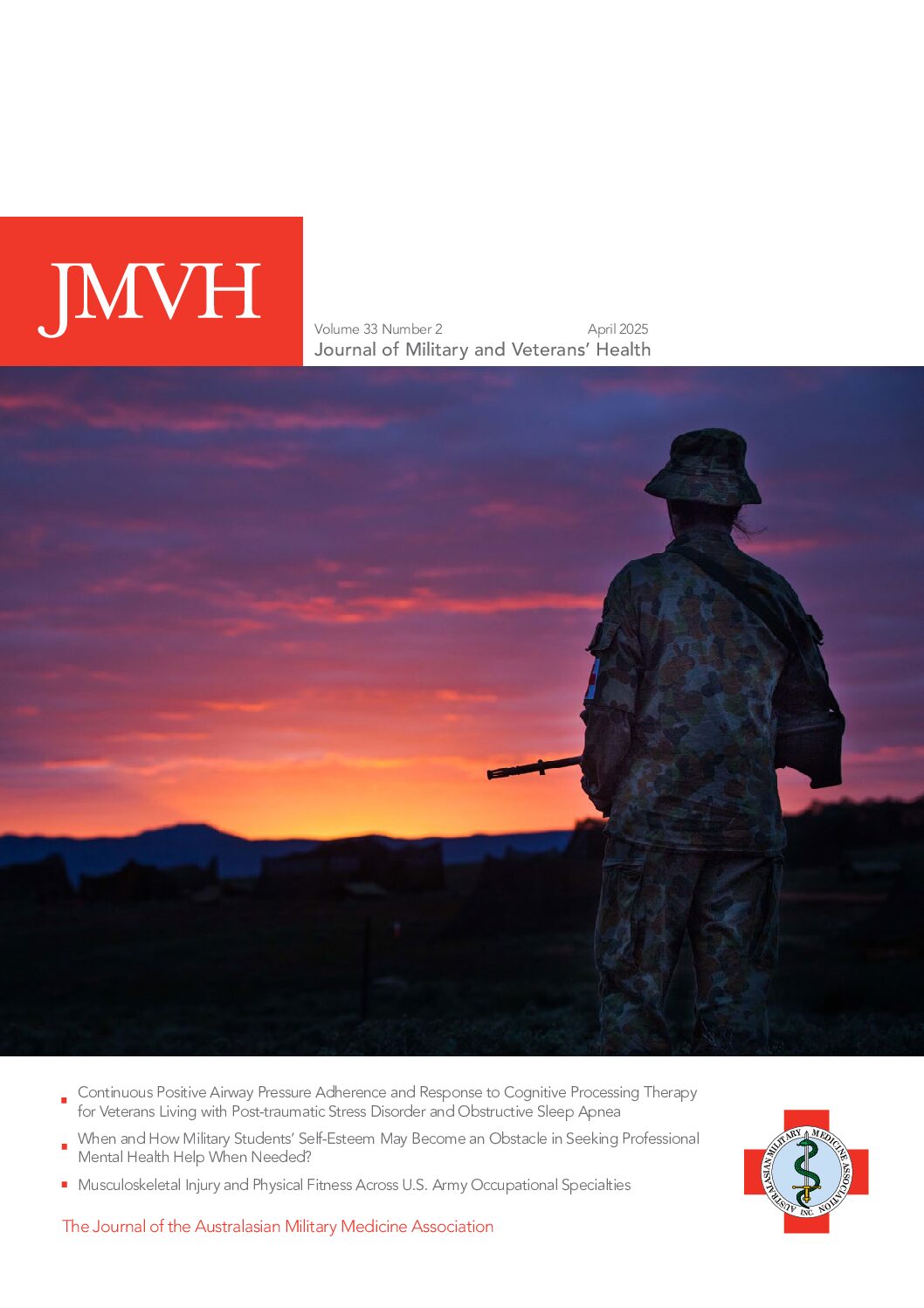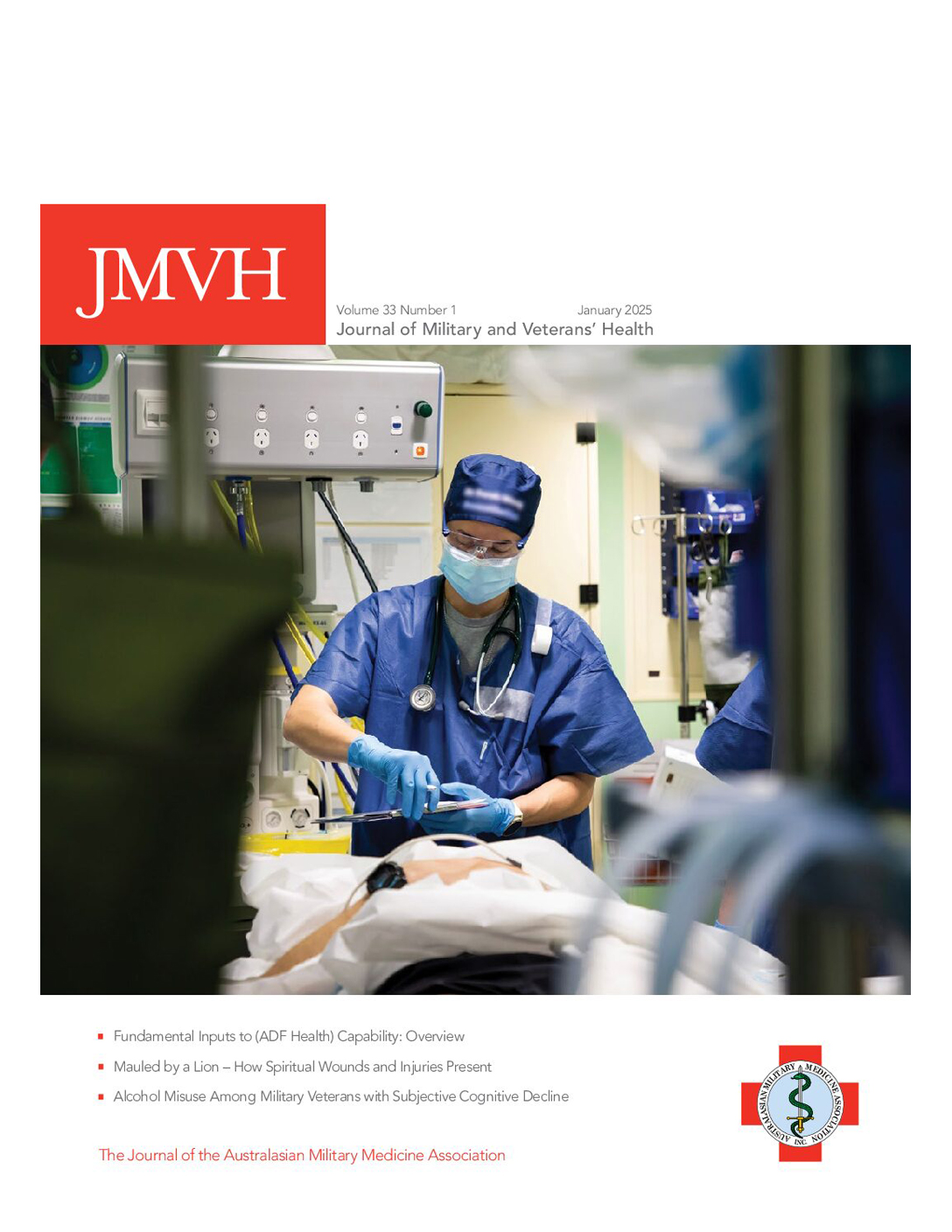*Version 5. xxii+243pp, paperback, ISBN 978-0-9804764-1-5. Melbourne, Therapeutic Guidelines Limited, AUD39.00, 2008.
Apart from textbooks, there have been few handbooks published specifically on cardiovascular guidelines. This fifth Version of Therapeutic Guidelines: Cardiovascular, part of a collection of 14 in the series of the popular and respected Therapeutic Guidelines series in Australia, is a major step forward in filling this gap. Therapeutic Guidelines: Cardiovascular has a table of Contents, list of Tables, boxes and figure, a list of the members of the Expert Group, Acknowledgments, a list of Endorsements, About Therapeutic Guidelines Limited and their Board of Directors, a Preface, 14 Chapters, two Appendices, a comprehensive Index and a Request for comment on guidelines proforma. It also includes 20 Tables, 14 Boxes and one Figure.
As is usual in this series, the handbook is compact and, if consistent with others in the series, the reader will expect that updated guidelines would be released every few years. The front cover has a basic but functional design. The back cover is virtually blank, except for the ISBN and barcode, and an opportunity has been missed to include a fast find contents list or an overview of the publication; however all of the Therapeutic Guidelines’ handbooks seem to take this minimalist approach. Similarly, it may be interesting to make better use of the inside front and back covers, as has been done in other series, such as the Oxford Handbooks, by listing for example major emergencies and the page references to find information to manage them. Each chapter has a useful highlighting strip on the edges of the pages, which importantly helps to identify the various chapters, although they are not staggered, which defeats their purpose somewhat. It is also important to note that the handbook is also available electronically and this would make it very easy to print out patient information sheets, for example.
As an Australian based publication, it is inevitable that the writing group would be predominantly Australian. It is interesting however that all 15 members of the Cardiovascular Expert Group are Australian based. None-the-less, many of these experts would be well known in the cardiovascular field. Apart from the field of clinical pharmacology, there are one or two experts outside of cardiology from fields such as general practice. Cardiovascular guidelines for New Zealand are given elsewhere.1
Therapeutic Guidelines: Dermatology is well researched, concise and consistent in its presentation. Chapters include “Getting to know your drugs”; “Cardiovascular disease risk reduction”, “Assessment and treatment of smoking”, “Dyslipidaemia”, “Hypertension”, “Coronary ischaemic sydromes”, “Heart failure”, “Arrhythmias”, “Venous thromboembolism”, “Peripheral arterial disease”, “Noncardiac surgery in patients with cardiovascular disease”, “Syncope”, “Hypertension and other cardiovascular disease in pregnancy”, and “Pulmonary hypertension”. There are also two Appendices, namely “Cardiovascular drugs used in pregnancy and breastfeeding” and “Useful sources of information”. By far, the largest chapter is Chapter 1 “Getting to know your drugs” (pages 1-38). The drugs are discussed by sub-headings, namely “Mechanism of action”, “”, “Pharmacological properties”, and “Adverse effects”. The drugs covered include Angiotensin converting enzyme (or ACE) inhibitors, Angiotensin II receptor blockers, Beta blockers, Calcium channel blockers, Diuretics, Other antihypertensive drugs, Antiarrhythmic drugs, Nitrates, Nicorandil, Digoxin, Sympathomimetic drugs, Lipid lowering drugs, Anticoagulants, Antiplatelet drugs, Thrombolytic drugs, Drugs for nicotine dependence, Fish oil (omega-3 long-chain polyunsaturated fatty acids), Other drugs used in cardiovascular disease. There is no set pattern to the structure of the chapters and sections in the guidelines, although most sections cover prevention as well as management.
Version 5 is a major update of Therapeutic Guidelines: Cardiovascular. There is an increased emphasis on the prevention by both pharmacological and non-pharmacological means. There is a completed revised chapter on cardiovascular disease risk reduction (p 39-46), in particular emphasising lifestyle factors that may be addressed to assist in this risk reduction. It usefully lists agents that are no longer considered useful in risk reduction to help dispel any lingering myths. The guidelines emphasise also the need to make a risk assessment of every individual and does not promote a one approach fits all nor a “polypill” approach. Several chapter updates have just needed to keep pace with changes to Australasian and international cardiovascular guidelines, such as the chapters on hypertension, heart failure and venous thromboembolism (VTE). There have been some significant changes to the treatment of pulmonary oedema and the increased use of low molecular weight heparain for VTE has been introduced. A very useful addition is the section on non-cardiac surgery for patients with cardiovascular disease-a challenge constantly being confronted by primary health care and by hospital medical staff (p 177-182). From the Australasian perspective, it is hard to fault the guidelines, although a more obvious multidisciplineary approach could have been adopted. One possible omission for those interested in travel and wilderness medicine would be a chapter on issues connected with travel and retrieval. Another possible omission is that there is no special compilation of the cardiovascular side-effects surrounding acute or chronic poisoning or envenomation, which might be found in a larger textbook. None-the-less, it is a very useful rapid therapeutic guidelines reference.
Therapeutic Guidelines: Cardiovascular is not a substitute for training and experience in cardiovascular medicine. It is also not meant to be a comprehensive textbook, especially as there have been several good textbooks published, including a useful textbook based on extracted chapters on cardiovascular medicine from Harrison’s Principles of Internal Medicine, which is a much anticipated first edition.2 The handbook does however provide an exceptionally useful and fairly comprehensive clinical reference on most aspects of cardiovascular medicine for the informed health professional, particularly those who are working or will be working professionally in cardiology, general practice and related areas. The book will also appeal to general physicians and other health professionals, who have an interest in cardiovascular medicine, as well as students and academics involved in cardiovascular training courses. Therapeutic Guidelines: Cardiovascular has little competition in the guidelines field and is an important guidelines reference handbook in Australasia.






